Valencia Almond Tree
- November 21, 2023
- 0 comment
The Valencia almond tree, scientifically known as Prunus dulcis, is a captivating and economically significant tree species renowned for its delicate blossoms and nutritious nuts. This deciduous tree is characterized by its attractive pink or white flowers that bloom in early spring, creating a visually stunning landscape.
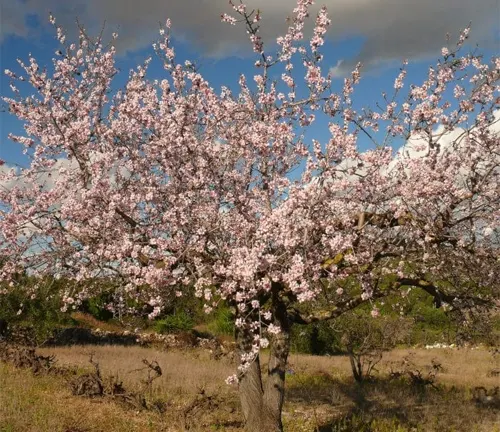

Native to the Mediterranean region, Valencia almond trees thrive in warm, dry climates, making them particularly well-suited to the arid conditions of their namesake region in Spain. The tree produces almonds, the seeds of its fruit, which are not only a delicious snack but also a valuable ingredient in various culinary applications. Known for their high nutritional value, almonds are rich in healthy fats, proteins, vitamins, and minerals.
Beyond their culinary appeal, Valencia almond trees contribute to the agricultural economy, with their nuts being a key export product. Farmers carefully cultivate and harvest the almonds, recognizing the economic importance of this versatile tree. The Valencia almond tree stands as a symbol of both natural beauty and agricultural abundance, making it a cherished component of the cultural and economic tapestry of the regions it inhabits.
| Characteristics | Description |
|---|---|
| Scientific Name | Prunus dulcis |
| Common Name | Valencia Almond Tree |
| Type | Deciduous |
| Climate | Warm, dry climates; thrives in the Mediterranean |
| Flower Color | Pink or white |
| Blooming Season | Early spring |
| Nutritional Content | High in healthy fats, proteins, vitamins, minerals |
| Geographic Origin | Native to the Mediterranean region |
| Economic Importance | Key export product; contributes to agricultural economy |
| Cultivation | Requires well-drained soil, full sun exposure |
| Cultural Significance | Symbol of natural beauty and agricultural abundance |
Soil Type
The Valencia almond tree, scientifically known as Prunus dulcis, boasts a versatile nature when it comes to soil adaptation. Thriving in well-drained soil, this deciduous beauty demonstrates resilience in various soil types, making it amenable to cultivation in a range of environments.
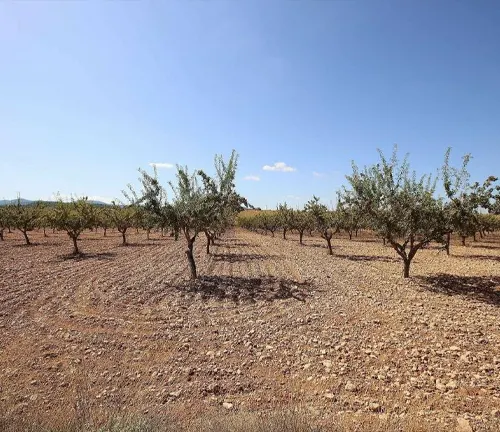
Soil Preferences
Valencia almond trees exhibit a preference for soil that is not only well-drained but also slightly acidic to neutral. This selective inclination contributes to the tree’s overall health and productivity, providing a foundation for robust growth and almond production.
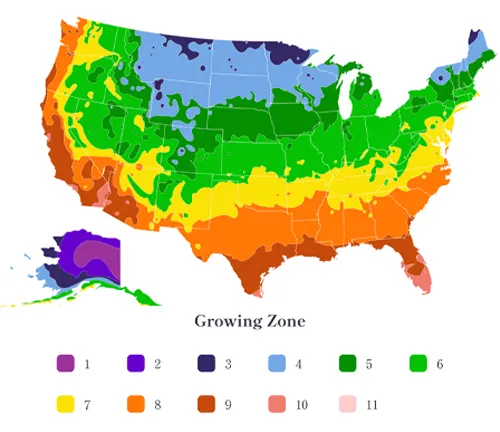
Hardiness Zone
This almond tree variety finds its home in regions with a Mediterranean climate. Its adaptability is reflected in its ability to flourish in hardiness zones that typically range from 7 to 9, making it a suitable choice for areas with mild, wet winters and hot, dry summers.
Sun Preference
Basking in the warmth of the sun, the Valencia almond tree flourishes in full sun exposure. This sun-loving characteristic is integral to the tree’s ability to produce its signature pink or white blossoms in abundance during the early days of spring.
Attributes and Characteristics
Known for its picturesque display of blossoms, the Valencia almond tree is a deciduous wonder that adds aesthetic charm to any landscape. Its medium-sized stature and attractive foliage contribute to its overall appeal, making it a delightful addition to gardens and orchards.
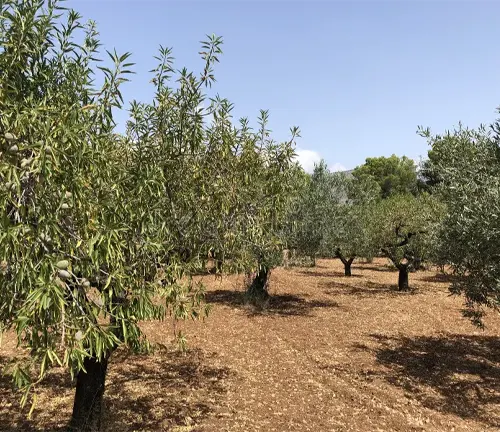

Wildlife Value
Beyond its visual allure, the Valencia almond tree holds ecological significance by providing a habitat for various pollinators. Bees, in particular, are drawn to the blossoms, aiding in the pollination process and promoting biodiversity in the surrounding ecosystem.
Care
Caring for Valencia almond trees involves ensuring well-drained soil, providing ample sunlight, and regular pruning to maintain a healthy structure. Adequate watering, especially during dry periods, supports optimal growth and almond development.
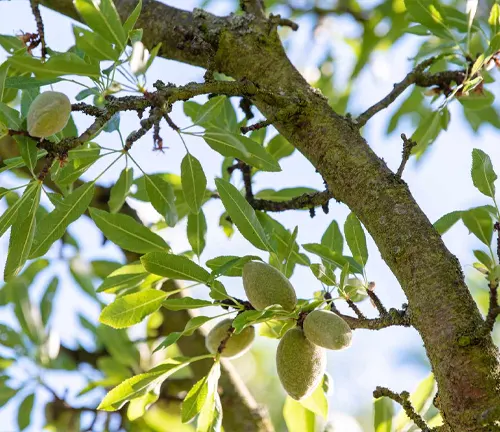
Benefits
The benefits of the Valencia almond tree extend beyond its ornamental value. The nuts it produces are rich in healthy fats, proteins, and essential nutrients, making them a sought-after ingredient in a variety of culinary applications. Almond consumption has been linked to numerous health benefits, adding to the tree’s value.

Wood Products
Valencia almond wood, prized for its fine grain and attractive color, finds use in various wood products. From artisanal crafts to furniture, the wood is favored for its aesthetic appeal and workability.
Edible or Not
The Valencia almond tree produces almonds that are not only edible but also highly nutritious. Whether enjoyed on their own or incorporated into dishes, these almonds are a delectable treat with a myriad of culinary uses.

Disadvantages
While the Valencia almond tree is celebrated for its many virtues, it is not without its challenges. Susceptibility to certain pests and diseases, coupled with the need for consistent care, can pose obstacles to successful cultivation.

Common Pests & Diseases
Valencia almond trees may face threats from pests such as aphids and mites, as well as diseases like brown rot and shot hole. Vigilant monitoring and prompt action are essential to mitigate these potential issues and protect the tree’s health.
Fun Facts
In addition to its practical uses, the Valencia almond tree harbors intriguing aspects. Almonds have a rich cultural history, symbolizing good fortune and fertility in various societies. Additionally, almond blossoms are associated with themes of renewal and hope, making the tree not just a provider of sustenance but also a symbol of positivity.
FAQs
- What is the Valencia Almond Tree, and what makes it unique?
The Valencia Almond Tree (Prunus dulcis) is a deciduous tree known for its beautiful blossoms and nutritious almonds. It is unique for its adaptability to various soil types and climates. - Where is the Valencia Almond Tree commonly found?
The Valencia Almond Tree is native to the Mediterranean region but is also cultivated in other regions with suitable climates. - What are the soil preferences of the Valencia Almond Tree?
Valencia Almond Trees prefer well-drained soil that is slightly acidic to neutral. - In which hardiness zones do Valencia Almond Trees thrive?
Valencia Almond Trees typically thrive in hardiness zones 7 to 9. - When does the Valencia Almond Tree bloom, and what do the blossoms look like?
The tree blooms in early spring, producing pink or white blossoms that contribute to its visual appeal. - Are the almonds produced by the Valencia Almond Tree edible?
Yes, Valencia Almonds are not only edible but also nutritious, containing healthy fats, proteins, vitamins, and minerals. - What are the health benefits associated with consuming Valencia Almonds?
Valencia Almonds have been linked to various health benefits, including heart health and overall well-being due to their nutritional content. - What care does the Valencia Almond Tree require for optimal growth?
Valencia Almond Trees require well-drained soil, full sun exposure, regular pruning, and consistent watering, especially during dry periods. - Can Valencia Almond wood be used for any specific purposes?
Yes, Valencia Almond wood is valued for its fine grain and attractive color, making it suitable for various wood products such as crafts and furniture. - Are there any disadvantages to cultivating Valencia Almond Trees?
Valencia Almond Trees may face challenges, including susceptibility to pests like aphids and diseases like brown rot. Careful monitoring is essential. - What are some common pests and diseases affecting Valencia Almond Trees?
Common pests include aphids and mites, while diseases may include brown rot and shot hole. Timely intervention is crucial to mitigate these issues. - Are there any cultural or symbolic associations with the Valencia Almond Tree?
Yes, almond blossoms are associated with themes of renewal and hope in various cultures, symbolizing positive qualities beyond their practical uses. - What are some fun facts about the Valencia Almond Tree?
The Valencia Almond Tree has a rich cultural history, symbolizing good fortune and fertility in different societies. Additionally, almonds have positive associations, making the tree more than just a source of food.





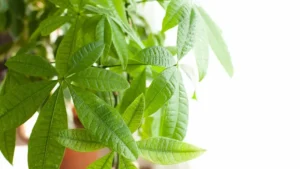



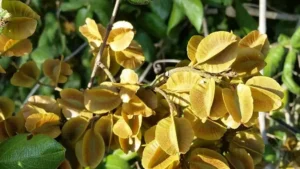




Leave your comment